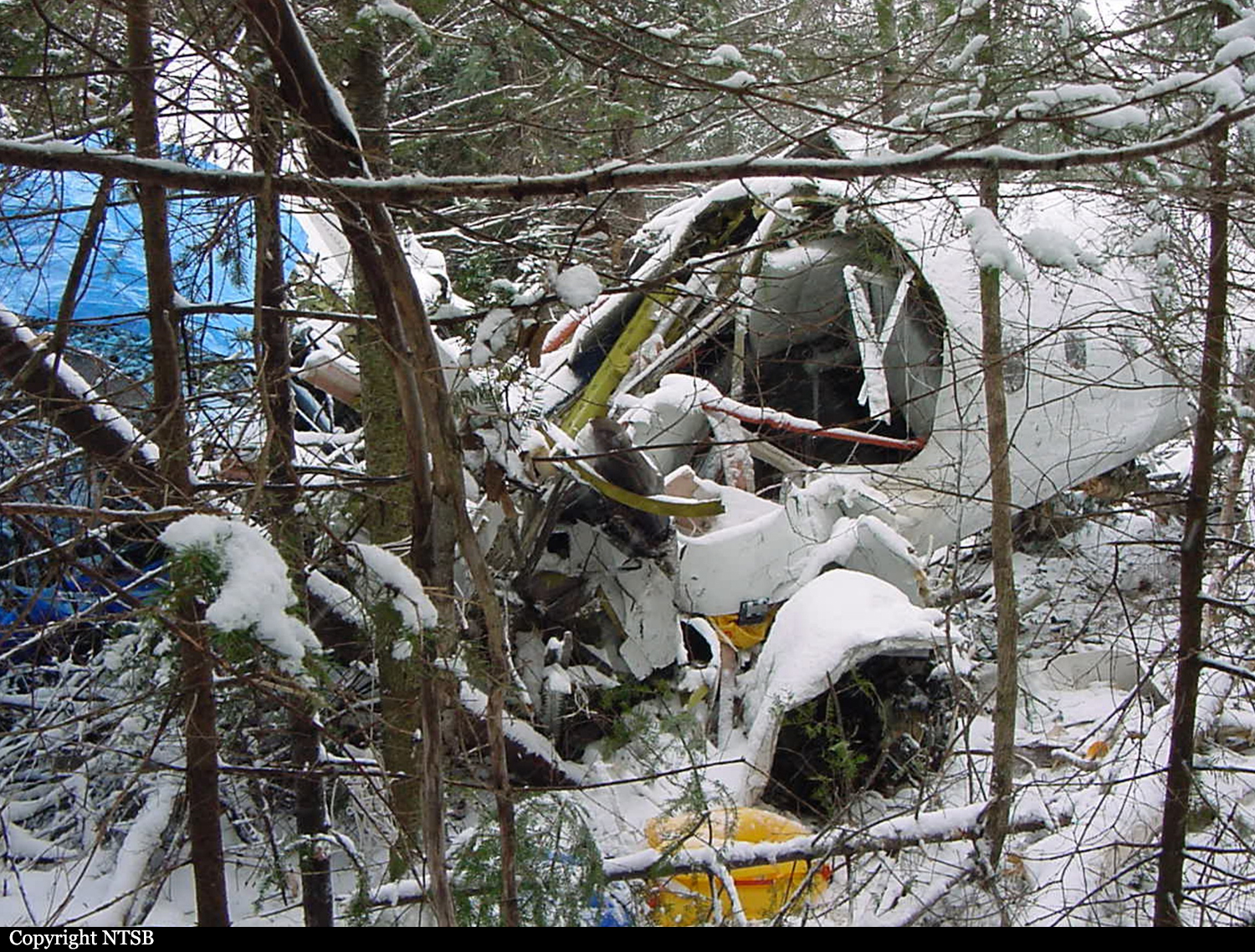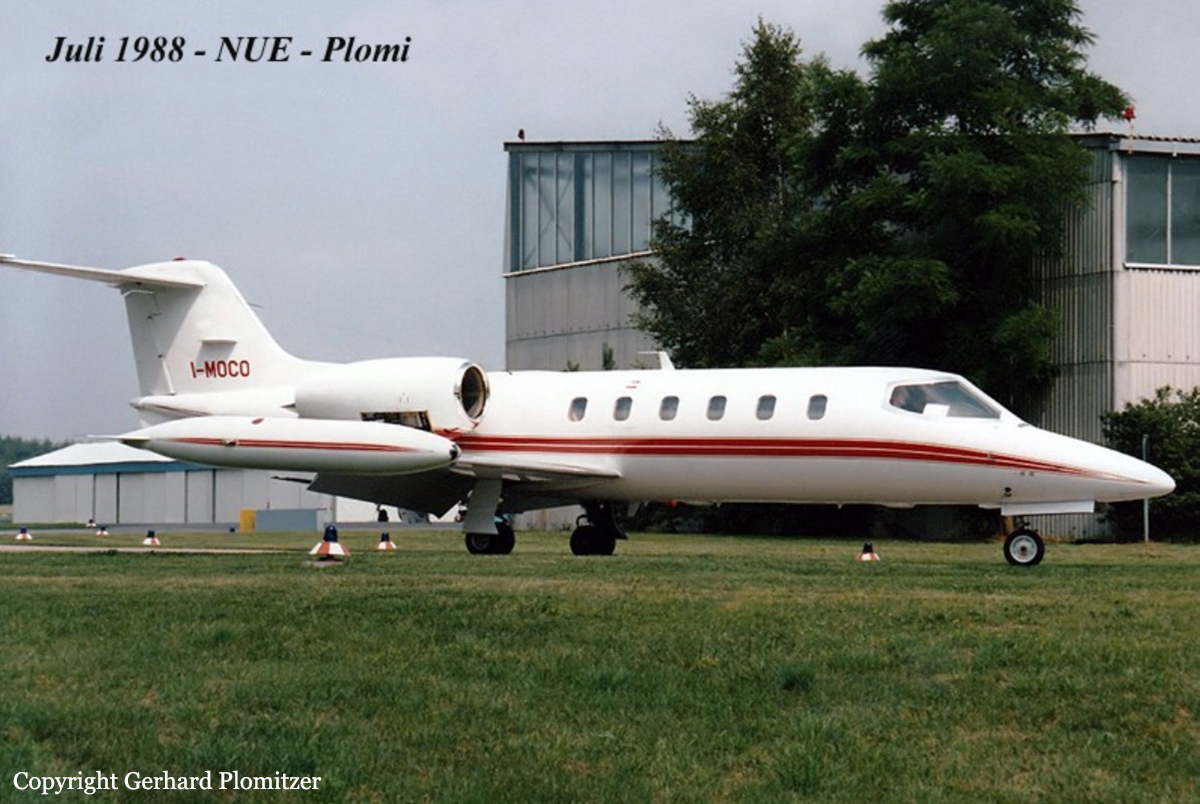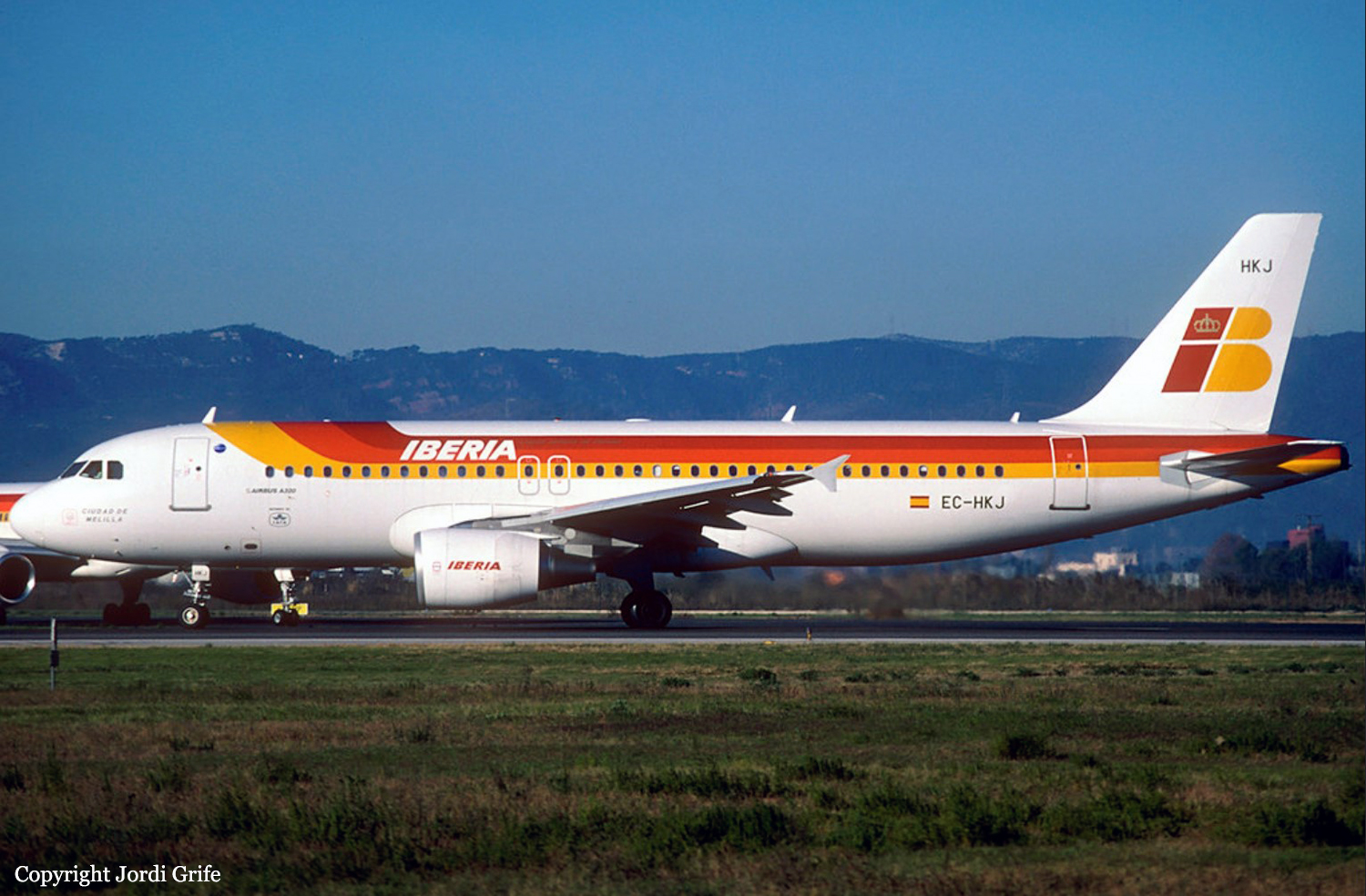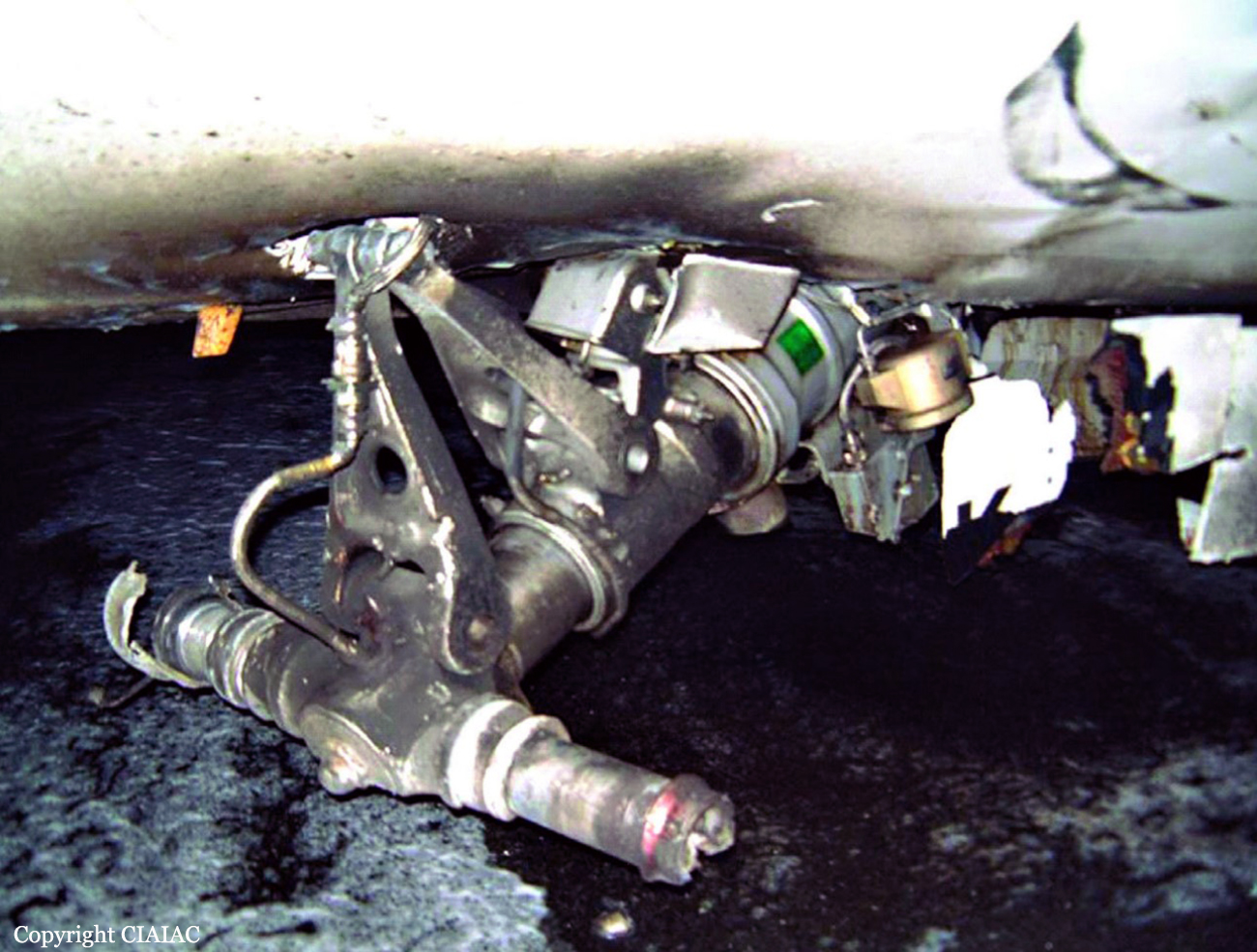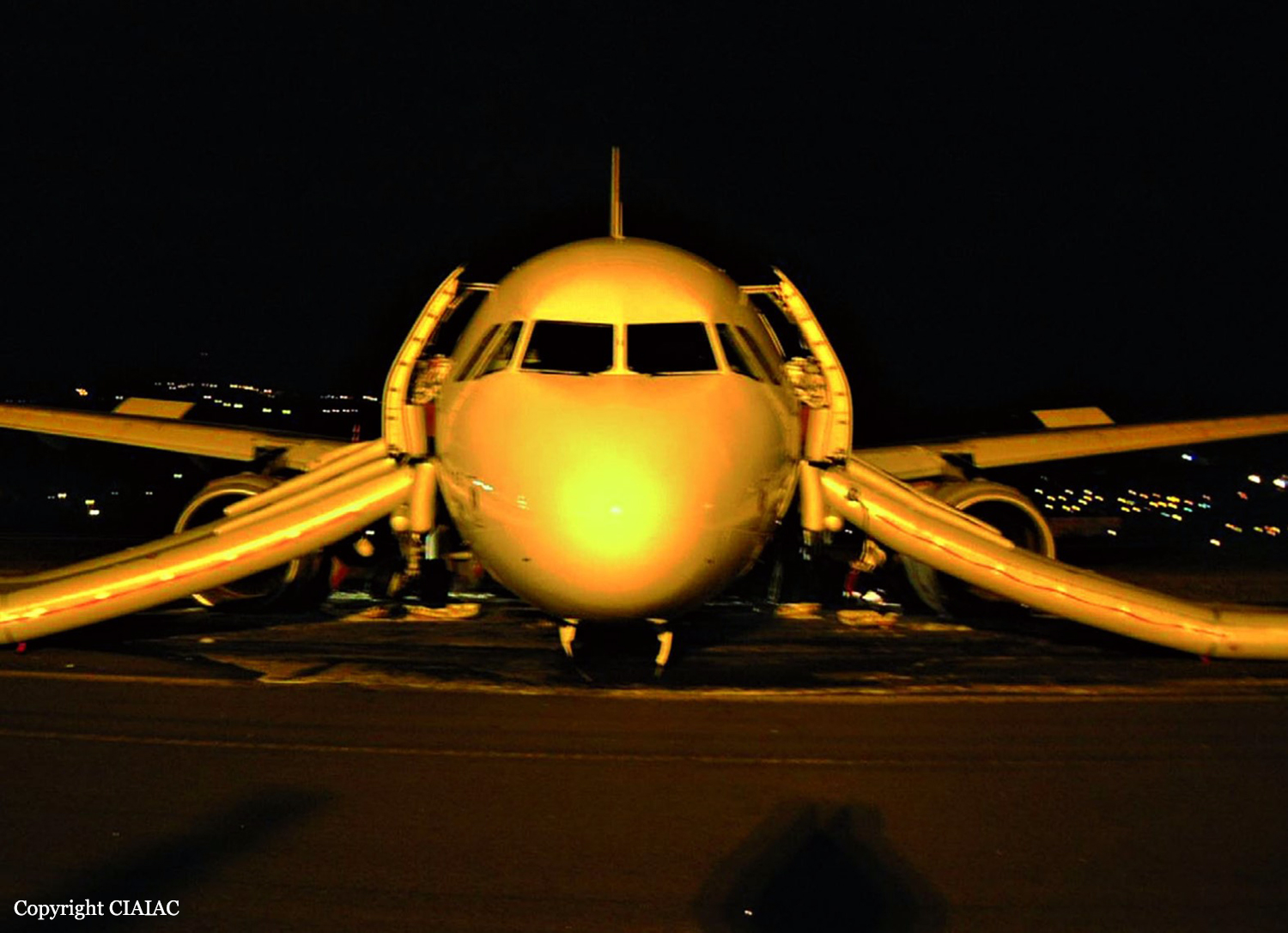Crash of a Piper PA-31-350 Navajo Chieftain in Val d'Or
Date & Time:
Feb 20, 2001 at 1900 LT
Registration:
C-GNIE
Survivors:
Yes
Schedule:
Rouyn – Val d’Or – Saint-Hubert
MSN:
31-7552047
YOM:
1975
Flight number:
APO1023
Crew on board:
1
Crew fatalities:
Pax on board:
0
Pax fatalities:
Other fatalities:
Total fatalities:
0
Captain / Total hours on type:
30.00
Circumstances:
A Piper PA-31-350, registration C-GNIE, serial number 31-7552047, was on a scheduled (APO1023) instrument flight rules mail service flight between Rouyn Airport, Quebec, and Val-d'Or Airport, Quebec, at approximately 1845 . After checking for prevailing weather conditions at the destination airport, the pilot decided to make a visual approach on runway 36. The pilot reported by radio at two miles on final approach for runway 36 and then stated that he was going to begin his approach again after momentarily losing visual contact with the runway. This was the last radio contact with the aircraft. No emergency locator transmitter signal was received by the flight service station specialist. Emergency procedures were initiated, and searches were conducted. The aircraft was found by a search and rescue team about three hours after the crash. The aircraft was lying about two miles southeast of the end of runway 36; it was substantially damaged. The pilot suffered serious injuries.
Probable cause:
Findings as to Causes and Contributing Factors:
1. The environmental conditions and loss of visual ground references near Val-d'Or Airport were conducive to spatial disorientation. Because of a lack of instrument flight experience, the pilot probably became disoriented during the overshoot and was unable to regain control of the situation.
2. During the approach, the pilot did not plan to and did not pull up towards the centre of the airport, thereby contributing to spatial disorientation.
3. Although the pilot-in-command received training required by Transport Canada, Aéropro did not ensure that the pilot-in-command completed the required Pilot Proficiency Check (PPC) and was adequately supervised and experienced to conduct a night IFR flight safely as pilot-in-command.
1. The environmental conditions and loss of visual ground references near Val-d'Or Airport were conducive to spatial disorientation. Because of a lack of instrument flight experience, the pilot probably became disoriented during the overshoot and was unable to regain control of the situation.
2. During the approach, the pilot did not plan to and did not pull up towards the centre of the airport, thereby contributing to spatial disorientation.
3. Although the pilot-in-command received training required by Transport Canada, Aéropro did not ensure that the pilot-in-command completed the required Pilot Proficiency Check (PPC) and was adequately supervised and experienced to conduct a night IFR flight safely as pilot-in-command.
Final Report:





